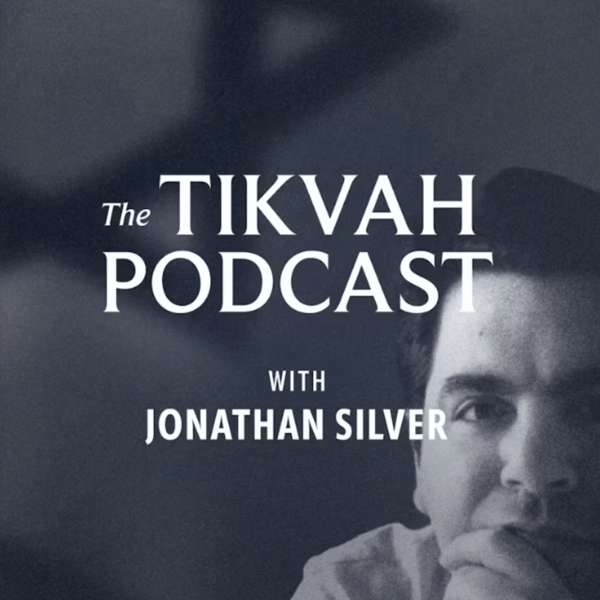Eli Spitzer on the New York Times's Controversial Yeshiva Report
The Tikvah Podcast
Tikvah
4.6 • 620 Ratings
🗓️ 15 September 2022
⏱️ 62 minutes
🧾️ Download transcript
Summary
On September 11, 2022, the New York Times published a leading story about the hasidic schools of greater New York. The article, “In Hasidic Enclaves, Failing Private Schools Flush with Public Money,” purported to show that, though New York’s hasidic Jewish religious schools have benefited from $1 billion in government funding in the last four years, they provide extremely poor secular education, deploy corporal punishment in class, abuse the political process, and are unaccountable to outside oversight. The article inspired outrage from a variety of parties; rarely has the public—and especially the Jewish public—been so animated by the educational performance of New York’s yeshivas.
Beyond the article, deeper questions come to the surface. What obligations do religious communities have to the state? What obligations does a state, one that’s constituted to protect religious liberty and individual rights, owe to families and their decisions? And why, as the authors of this feature do not ask, do so many families choose these schools for their children in the first place?
To help us think about these important questions in the context of the NYT story, our guest on this week’s podcast is the Mosaic columnist and hasidic educator Eli Spitzer, who wrote an essay about this very issue for Mosaic back in October 2021 called “NY State vs. the Yeshivas.” In conversation with Mosaic editor Jonathan Silver, he explains what hasidic schools are really like, how those communities think about education and the secular world, and the important issues that the Times article fails to address. This discussion was recorded online in front of Mosaic subscribers.
Transcript
Click on a timestamp to play from that location
| 0:00.0 | On September 11th, 2020, the New York Times published a leading story about the Hasidic schools of greater New York. |
| 0:15.9 | In Section A, page one, above the fold, the print headline read, Failing Schools, Public Funds. On the Times website, |
| 0:23.8 | the article was named in Hasidic enclave's failing private schools flush with public money. And then |
| 0:29.9 | the article describes itself like this. New York's Hasidic Jewish religious schools have benefited |
| 0:35.4 | from $1 billion in government funding in the last four years, |
| 0:40.3 | but are unaccountable to outside oversight. |
| 0:43.3 | The article was written by Eliza Shapiro and Brian M. Rosenthal, and rarely has the public, |
| 0:49.3 | even the Jewish public, been so fascinated by the educational performance of New York's yeshivas. Shapiro and Rosenthal |
| 0:56.3 | argue, in my view, with some credible evidence, that a significant sampling of data show that |
| 1:02.3 | Hasidic boys in particular perform well below state standards for math and English. The story tells |
| 1:08.5 | of physical punishment meted out to students by their teachers |
| 1:12.0 | and school administrators. And the authors insinuate some very ugly abuses of the political |
| 1:17.1 | process in New York City and New York State. Why? The article invites readers to ask, |
| 1:22.3 | should taxpayers support schools that do not even try to orient their students to state standards? |
| 1:28.3 | Why are politicians allowing themselves to be complicit in the abuse that's taking place there? |
| 1:33.3 | Then, going beyond the article, thinking it through, yet deeper questions come to the surface. |
| 1:39.3 | What obligations do religious communities have to the state? |
| 1:43.3 | And what obligations does a state constituted to protect individual rights, a state that enshrines religious freedom in its bill of rights, a state that has historically been such a welcoming home to families motivated by the dictates of conscience and the demands of faith? What does such a state owe to these families and their decisions? |
| 2:04.6 | Why, one might ask. By the way, as I believe the authors of the New York Times feature, do not ask, |
| 2:10.6 | why, one might ask, do all of these many families choose this kind of school for their children. Welcome to the Tikva podcast. I'm |
| 2:19.4 | your host, Jonathan Silver. To help us think about these large and interesting questions in the |
| 2:24.7 | context of the New York Times story, I'm bringing you this week a recording of a live conversation |
... |
Please login to see the full transcript.
Disclaimer: The podcast and artwork embedded on this page are from Tikvah, and are the property of its owner and not affiliated with or endorsed by Tapesearch.
Generated transcripts are the property of Tikvah and are distributed freely under the Fair Use doctrine. Transcripts generated by Tapesearch are not guaranteed to be accurate.
Copyright © Tapesearch 2025.

